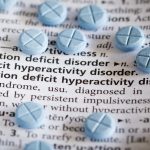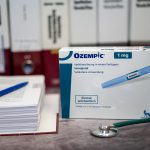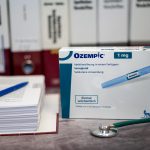
Renting a home, rather than owning it outright, may speed up the body’s aging process, a new study suggests. Researchers found that when compared with people who owned their home outright (no mortgage), those who rented showed signs of faster “biological aging” — which meant their body cells and tissues were a bit “older.” On average, the impact was equivalent to just a small fraction of a year of aging. Even so, the study found, that was greater than the effects of being unemployed or being a former smoker. In addition, the link was specifically seen among people who rented privately — not those in public housing. While that might seem puzzling, the researchers said it makes sense: At least in the United Kingdom, where the study was conducted, “social” housing is often better maintained, more affordable and more stable than private rentals. “We believe that the typically poorer physical conditions in privately rented housing is likely one factor,” said lead researcher Amy Clair, of the University of Adelaide, in Australia, and the University of Essex in the United Kingdom. Beyond that, she said, private renters face more insecurities around their housing. And based on past research, Clair added, that kind of stress could speed biological aging. Biological aging is determined by certain physiological markers of the rate at which the body’s cells and tissues… read on > read on >






































